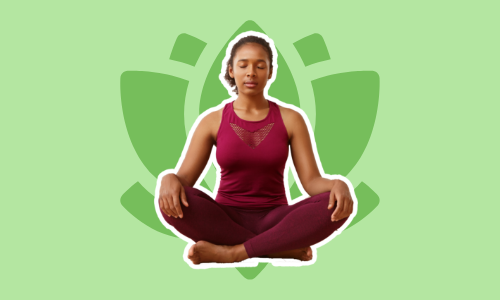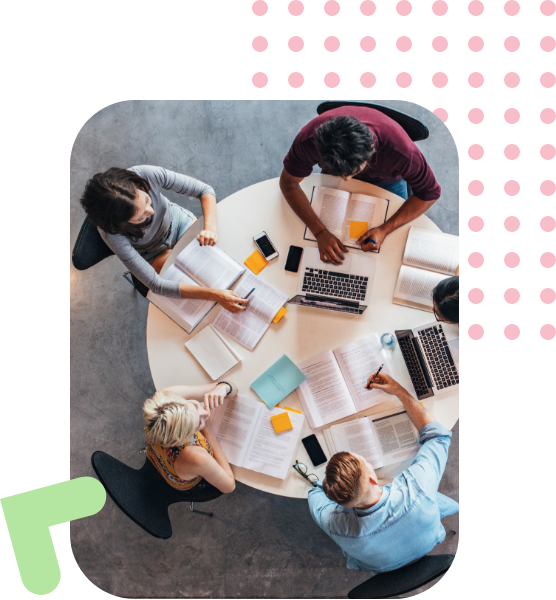Course Content
Diploma in mindful practice
Bring your whole being
Mindfulness teaches us how to deal with life’s challenges in a calmer manner. It is not the answer to all of life’s problems but rather it allows us to see our problems more clearly, be in touch with our body and be able to respond in a discerning way rather than reacting with high emotion. It is a particular way of paying attention and looking deeply into oneself. It teaches us how to let go of thoughts and emotions that don’t serve us. This lesson will focus on understanding the concept of mindfulness, help you recognise the importance of self-reflection and introduce you to two mindfulness practices.
Cultivating the attitude (of gratitude)
In lesson two we will be delving into how we can start to further our ability to pay attention in the present and cultivate the grounding attitude with four simple steps and looking at gratitude. We will share the words of wisdom of our favourite mindfulness guru's and take you through a guided meditation.
The Foundations 1
Lesson 3 is our first lesson on mindfulness foundations. As it has developed over the years, mindfulness in western culture has adapted in this modern information age and globalized culture, taking on various methods, meanings, and perceptions. While the ancient ways are still recognized, many shy from this and therefore move towards a more secular approach of becoming immersed in physical experiences (like breath work). In this progression we are starting to see the emergence of pragmatic and contemporary application of mindful practice and a much more holistic view. Sometimes the journey starts with the big pictures and sometimes it develops in its layers and complexity along the way.
The Foundations 2
Continuing with our foundations lesson we understand that while the benefits are increasingly noted, mindfulness as a practice is often avoided or rejected. This may be in part to our modern-day culture of instant gratification or because of poor teaching and attached cultural stigma. As children, most of us are taught how to remember information and store knowledge in school, however, not all of us are taught how to strengthen our mind with the result of managing our thinking.
Myth busting and Mindful Practice tools
One of the myths associated with mindful practice, is that while it is often said to be remarkably simple, it’s not necessarily easy. The work is to commit and to just keep doing it. All of us have the capacity to be mindful. As you develop, the practice will come to you naturally and you will reap the benefits. This lesson covers this myth, as well as many others to help you feel at ease with your mindfulness journey.
Connectedness: Mind and Body
The aim of mindfulness is not quieting the mind or attempting to achieve a state of eternal calm. The goal is simple: We’re aiming to pay attention to the present moment, without judgment. Easier said than done, we know. Connecting the mind and body is a skill that is not easy to learn, but an important one to make.
Addressing stress and health
This lesson focuses on the concepts that being mindful and practicing meditation has the ability to improve our cognitive function and in particular our ability to focus and solve problems, it enhances mental resilience and can even bring about pathological changes in the brain and lessen physical pain/ improve overall heath.
Everyday Mindfulness: the power of being present
Mindfulness helps us put some space between ourselves and our reactions, breaking down our conditioned responses. It cultivates attitudes and behaviours that encourage life satisfaction as we learn to be more present in the moment, and more flexible and resilient. This lesson is focused of the teachings of everyday mindfulness and how you can master the power of being present in your everyday life.






















4.7
4.4
4.8